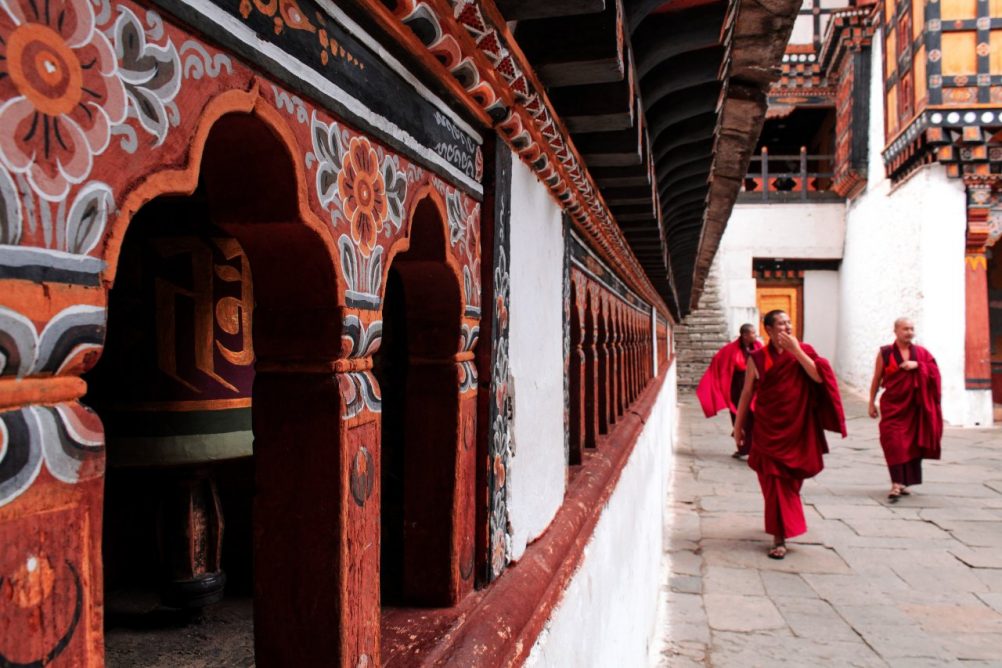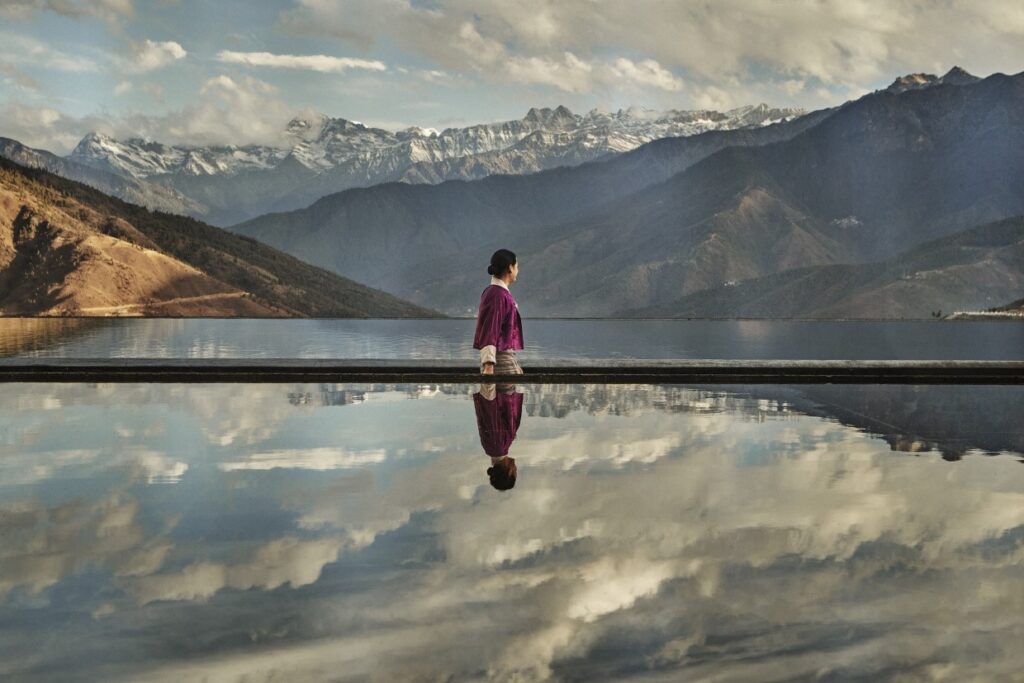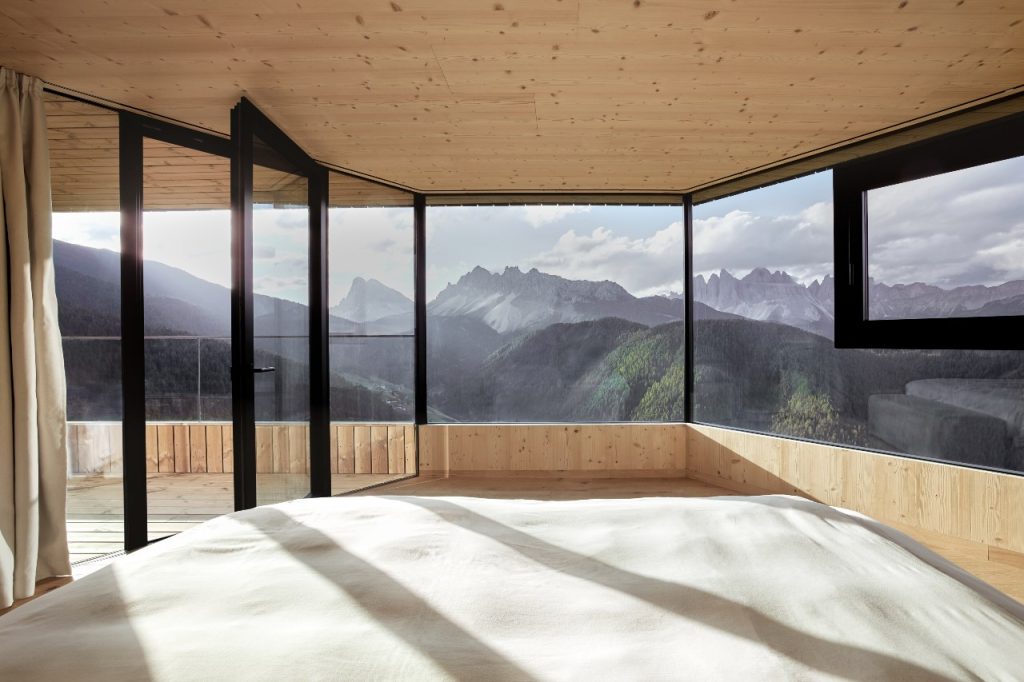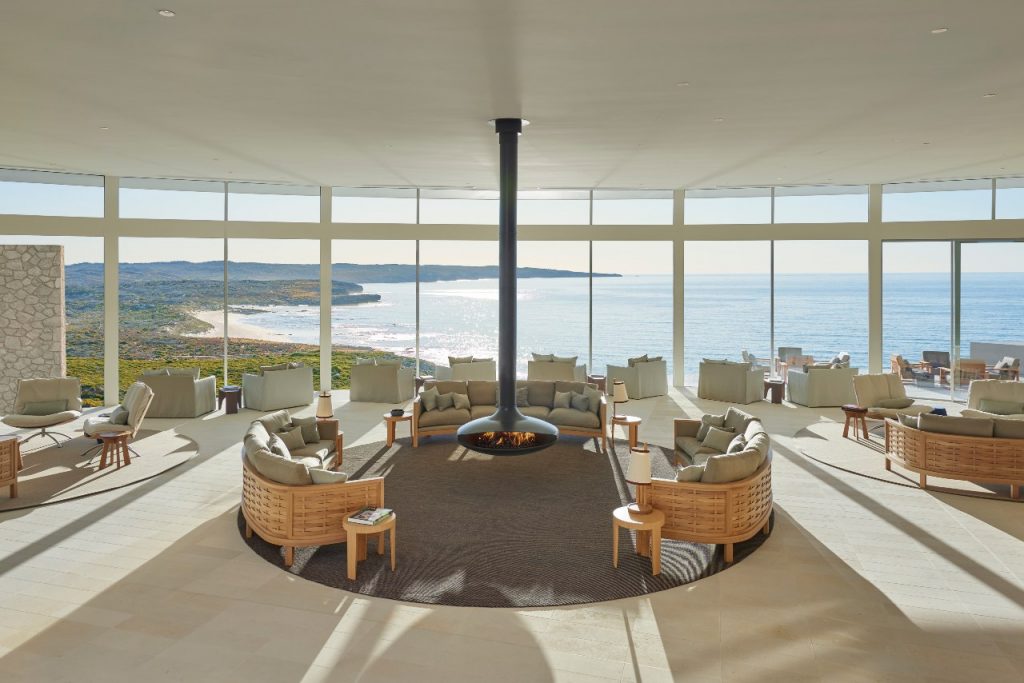The Bhutan highlights that most visitors miss
Add these unforgettable experiences to your itinerary.
Words by Ute Junker
Photo Umma Desai on Unsplash
The folks working in Bhutan’s tourism sector must be feeling pretty optimistic right now. As the world starts travelling again, it seems that almost everyone is looking for a place where they can escape the crowds and immerse themselves in nature, an unspoiled place where you can connect the land and its people.
Bhutan ticks all those boxes and more. Tucked between China and India, this tiny Himalayan kingdom has built an outsized reputation as a remarkable destination.
Part of that is down to its attractions: the soaring mountains, the traditional monasteries, the lush forests. Part of it is the way they have avoided the perils of mass tourism through the clever decision to mandate a minimum spend of $US250 ($A345) a night during peak season. And part of it is simply the appeal of a country that bases governmental decisions on one overriding determinant: will it contribute to the Gross National Happiness of the population?
With that guiding principle, it is no surprise that Bhutan also handled Covid well, getting its entire population vaccinated well before most other countries – creating yet another reason for cautious travellers to embrace Bhutan as a destination.
There is one thing that many travellers to Bhutan will get wrong, however: they will stick with the main tourist route. The overwhelming majority of tourists spend almost their entire stay in just three of Bhutan’s 20 districts: Paro, Thimphu and Punakha. That means they are missing out on some of the country’s most compelling attractions, according to one operator.
“There are so many outstanding experiences you can enjoy if you have a bit more time up your sleeve and are prepared to go a bit further afield,” says Matthew DeSantis of MyBhutan, a tour operator that offers everything from wildlife adventures to Bhutanese whisky tastings.
“We work with our guests’ interests. If they are interested in the spiritual side of things, we can introduce them to spiritual leaders. If they like adventure, we can organise river rafting or trekking in the high north. If they like culture, we can introduce them to monk-conservators who are restoring precious Buddhist art.”
We asked DeSantis to nominate the essential Bhutanese experiences most visitors miss. This is his selection.
- Immerse yourself in tribal cultures
In a country defined by soaring mountains and steep valleys, it is no surprise that different sub-cultures have developed in isolated villages, making for some of the country’s most intriguing destinations.
“Laya village, situated at 3800 metres, is one of the highest human settlements in the world. They have really preserved their culture; the women wear distinctive conical hats called belo, which are worn nowhere else in the world,” DeSantis says.
MyBhutan runs a number of homestays in this village as well as several others. “We usually take our guests to one of these villages and spend some time there, but if we have high-end guests who enjoy travelling by helicopter – which is the most exciting way to do it – we can visit several different villages. It’s a great way to experience just how remote these places really are.”
- Discover Bhutan’s rarest species
Those mighty peaks aren’t the only natural wonders in Bhutan. The country’s flora and fauna is also distinctive – and still has surprises in store. “We have new flora found every year, and are home to rare species such as tigers, snow leopards and blue sheep,” DeSantis says.
To discover a different side of Bhutan’s natural riches, try a five-day river rafting expedition in the south of the country. Guests sleep riverside in luxury tents – there are separate dining and bathing tents – while exploring some of the country’s densest jungles.
“It’s an area where you have elephants and golden langurs and even tigers,” DeSantis says. “I haven’t seen a tiger myself, but I have woken up with tiger footprints around the tent.”
- Explore Bhutanese cuisine
Bhutan’s simple cuisine is not generally considered one of its top selling points, but DeSantis says that is something he wants to change. “Everything here is sustainable and organic – it’s all such great quality, and you’re eating what has been grown around you.”
DeSantis says that the country’s culinary diversity is underestimated. “Every valley is unique in terms of its latitude and the ingredients you will find there,” he says. “To find the best food in any area, you have to go to the farmhouses. For our new food program, we have identified one great home cook in each of three valleys who help introduce our guests to the local cuisine.”
- Go hunting a mythical monster
Bhutan is probably the only country in the world to establish a nature reserve to protect a mythical creature. The Sakteng Wildlife Sanctuary was created to help protect the migoi, a creature that, like the yeti and the abominable snowman, is believed by locals to roam the high slopes. DeSantis says the yeti is very real to the locals. “In these villages, everyone has a story about having seen a yeti. They will tell you about the different kinds of yeti: the small ones are tricksters, the big ones are intimidating.”



